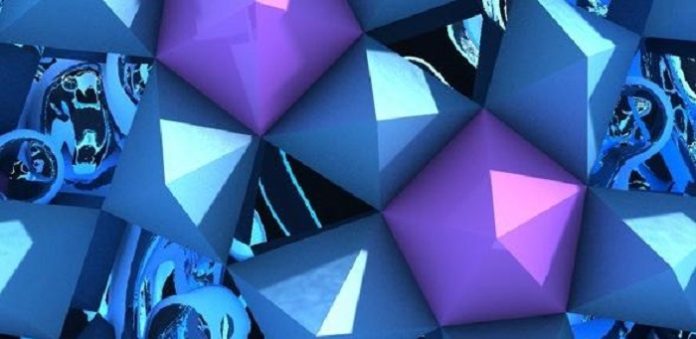Scientists at the University of Cambridge have recently identified a group of materials known as niobium tungsten oxides holds the potential to be used to make higher power batteries. These materials are known for fast charging applications.
Dr Kent Griffith, a postdoctoral researcher in Cambridge’s Department of Chemistry said, “We’re always looking for materials with high-rate battery performance, which would result in a much faster charge and could also deliver high power output.”
The materials have a rigid, open structure that does not trap the inserted lithium and have larger particle sizes than many other electrode materials. Additionally, their physical structure and chemical behavior give specialists a profitable knowledge into how a sheltered, super-quick charging battery could be developed, and recommend that the answer for cutting-edge batteries may originate from flighty materials.
Griffith said, “The reason these materials have not received attention previously is related to their complex atomic arrangements. However, the structural complexity and mixed-metal composition are the very reasons the materials exhibit unique transport properties.”
“Many battery materials are based on the same two or three crystal structures, but these niobium tungsten oxides are fundamentally different. The oxides are held open by ‘pillars’ of oxygen, which enables lithium ions to move through them in three dimensions. “The oxygen pillars, or shear planes, make these materials more rigid than other battery compounds, so that, plus their open structures means that more lithium ions can move through them, and far more quickly.”
In order to quantify the movement of lithium ions through the oxides, scientists used a technique called pulsed field gradient (PFG) nuclear magnetic resonance (NMR) spectroscopy. They found that the materials moved at rates several orders of magnitude higher than typical electrode materials.
Clare Grey, also from the Department of Chemistry said, “In high-rate applications, safety is a bigger concern than under any other operating circumstances. These materials, and potentially others like them, would definitely be worth looking at for fast–charging applications where you need a safer alternative to graphite.”
Griffith said, “In addition to their high lithium transport rates, the niobium tungsten oxides are also simple to make. A lot of the nanoparticle structures take multiple steps to synthesize, and you only end up with a tiny amount of material, so scalability is a real issue. But these oxides are so easy to make, and don’t require additional chemicals or solvents.”
“Although the oxides have excellent lithium transport rates, they do lead to a lower cell voltage than some electrode materials. However, the operating voltage is beneficial for safety and the high lithium transport rates mean that when cycling fast, the practical (usable) energy density of these materials remains high.”
The research is published in the journal Nature.
